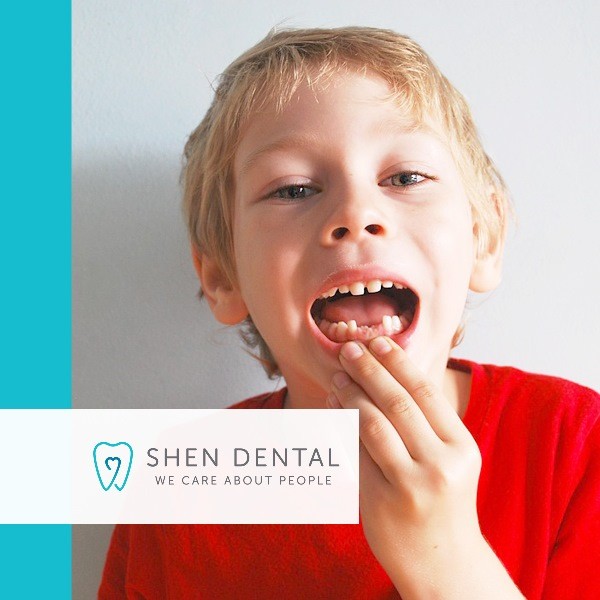On Friday morning we received a phone call from a stressed young mother. Her 2 ½ year-old child had just fallen while playing with other kids and the teacher noticed that one of the child’s front teeth was unstable. What should they do?
Dental trauma (or tooth accidents) is a stressful event at any age, for both child and parent. They are often accompanied by massive bleeding from our lips and gums which contain many small blood vessels.
First Aid
In the event of a tooth accident, try to remain relaxed. Gently clean the bleeding, and calm your child.
To stop bleeding inside the lip, gently press the area against the teeth. If your child is bleeding from the tongue, hold the injured area between your fingers with a piece of gauze or a clean cloth.
Next you should make an appointment with your dentist. It is important to keep your child relaxed before this visit, so this experience will not cause additional emotional trauma.
Types of Trauma
Generally, there are three types of dental trauma:
1. Trauma to the tooth itself.
2. Trauma to the tissue supporting the tooth.
3. Soft tissue trauma (gums).
Trauma to Baby Teeth
Trauma to baby teeth is common in children ages 2-4 years old due to lower motor skills. Usually, trauma to baby teeth results in a loose tooth.
Loose primary teeth – The main goal in young children is to avoid damage to permanent teeth. While in many cases no treatment is necessary, in some cases your dentist may decide to remove the tooth if it interferes with bite, or if the tooth may fall out and cause the child to choke.
If the primary tooth was knocked out completely it should not be placed back into the gums as it may cause damage to the permanent tooth.
Broken primary tooth – The dentist will examine the child to determine damage to the tooth’s nerves or blood vessels. Depending on the damage, the rough edges of the tooth can be smoothed down and the tooth is repaired; in some cases, the tooth must be removed to prevent damage to permanent teeth.
What should you do?
Give your children only soft food during the first day of a tooth trauma and continue good oral hygiene practices. You should also check the tooth during the first few months color changes – usually an indication of inflammation which will require extraction to prevent damage to the permanent tooth.
Trauma to Permanent Teeth
Most accidents of broken teeth occur in children between ages 8-10. The treatment given by your dentist depends of the type of trauma.
Loose Permanent Tooth — This is considered a dental emergency because it may interfere with the child’s bite. If the tooth is knocked out of the mouth, it should be put in milk and handled by the top or crown only — do not touch the roots.
Avoid placing it back in the mouth for two main reasons: First, your child may accidently swallow it; second, the content of the saliva may not be ideal.
Visit your dentist as soon as possible. In many cases, the tooth is returned to its original position fixed to an adjacent tooth using a resin (the same material used in white filling) and monitored over time.
Broken Permanent Tooth — Broken teeth that are sensitive to hot or cold need to be treated urgently. If you find any tooth fragments, save them and store them in tap water because in some cases the dentist can reattach them. Otherwise, the dentist will use a composite resin that matches in color to repair the tooth.
References
1. Current developments in interim transport (storage) media in dentistry: an update by Malhotra in British Medical Journal 2011
2. Milk as an interim storage medium for avulsed teeth by Courts in Pediatric Dentistry 1983
3. Storage media for avulsed teeth: a literature review by Poi in Brazilian Dental Journal 2013
4. First Aid for a Knocked Out Permanent Tooth at the Accident Site






